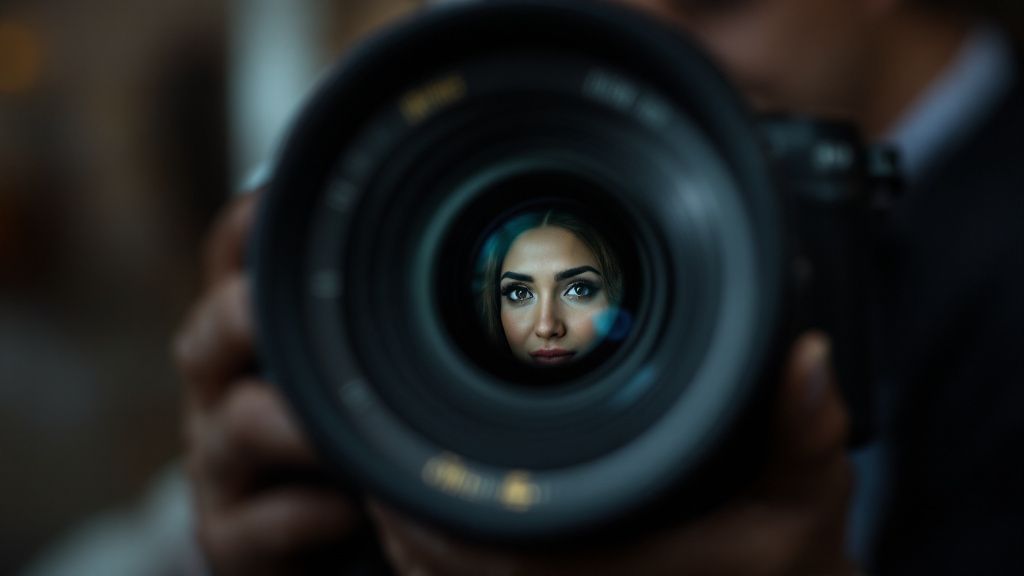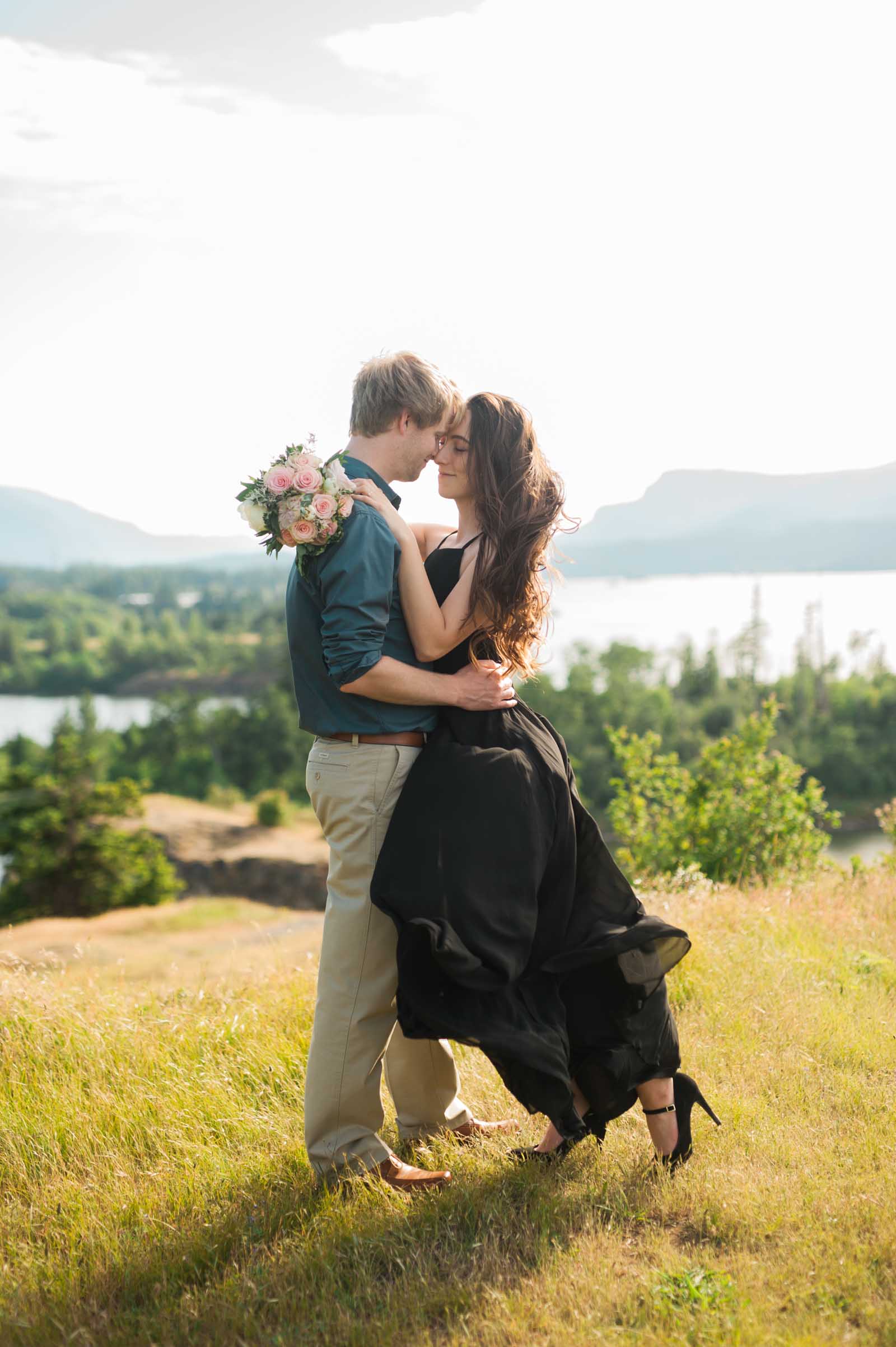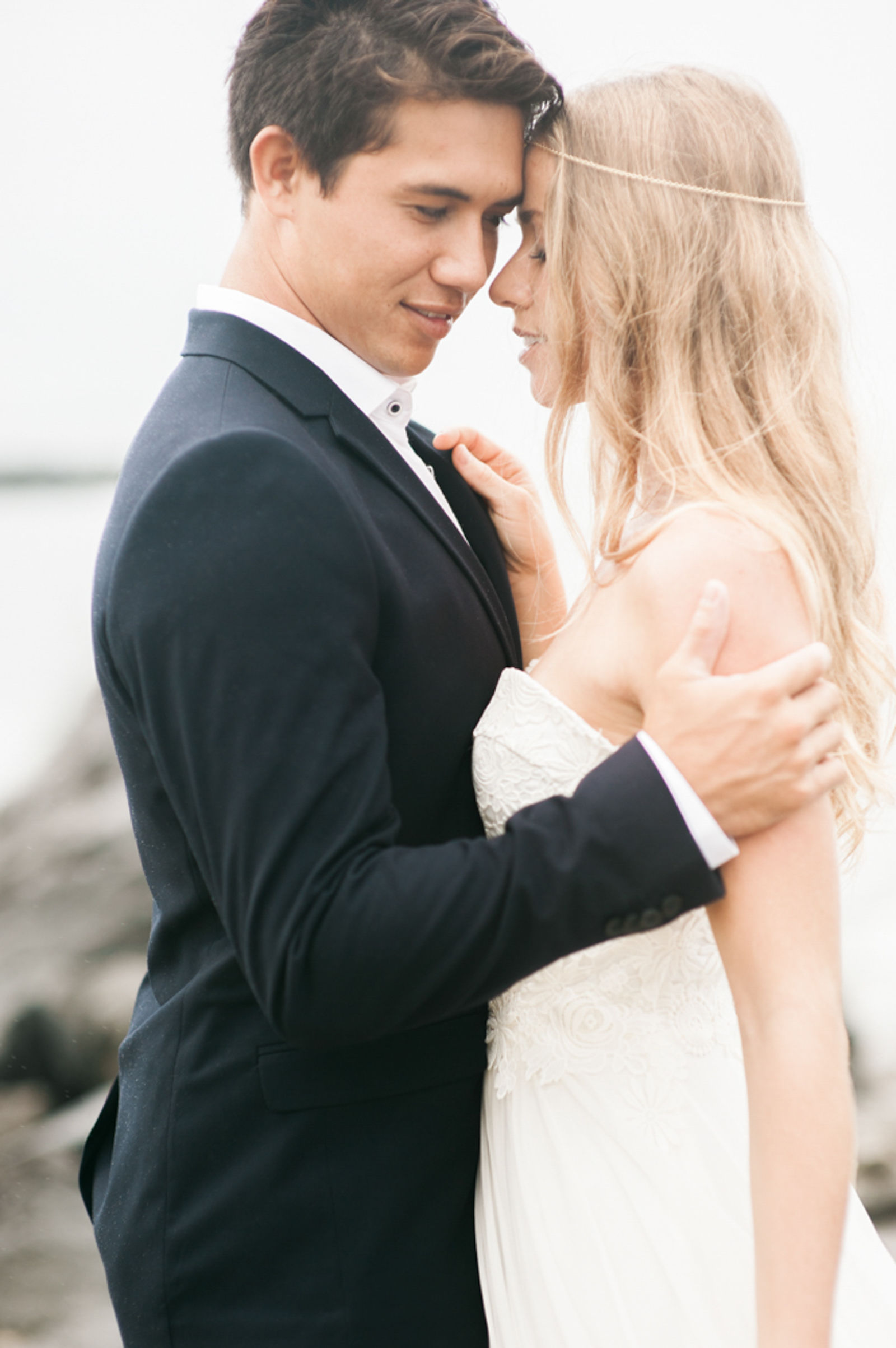Embracing the role of a wedding photographer means capturing moments of sheer joy, emotion, and beauty, turning them into lifelong memories. It requires a deep understanding and mastery of both the technical and creative aspects of photography. Investing time in refining your skills can significantly enhance the quality of your work. As you explore various wedding photography styles, you’ll discover how different approaches can uniquely tell the stories of each couple’s special day. Tailor-made wedding photography packages offer you the flexibility to adapt your services to suit different needs and preferences. Through a combination of artistry and technique, and by applying these insightful wedding photography tips, you’ll truly master the art of wedding photography, ensuring that each captured moment is as magical as the day itself.

Understanding Your Clients’ Vision
When engaging with couples, understanding their vision is a cornerstone of successful wedding photography. Each couple has a unique story, often characterized by personal preferences and cherished moments they wish to capture. It is your task to communicate effectively, discerning their desires and transforming them into captivating images that reflect their individual love story.
Looking at client collaboration through the lens of personalized storytelling, we can see that capturing the essence of a couple’s relationship requires both sensitivity and creativity. By familiarizing yourself with various wedding photography styles, you can better align your approach with your clients’ expectations, enhancing the authenticity and emotion of each photograph.
In-depth discussions during the planning stage allow you to tailor wedding photography packages to meet specific needs, whether focusing on intimate ceremonies or grand celebrations. This customization ensures that not only are logistical considerations addressed, but the emotional significance of the day shines through in every shot.
By weaving these wedding photography tips into your interaction with clients, you cultivate a relationship based on trust and mutual understanding. This approach not only results in a portfolio that resonates with the couple but also enriches your own experience as a creator, ultimately strengthening your artistry in wedding photography.
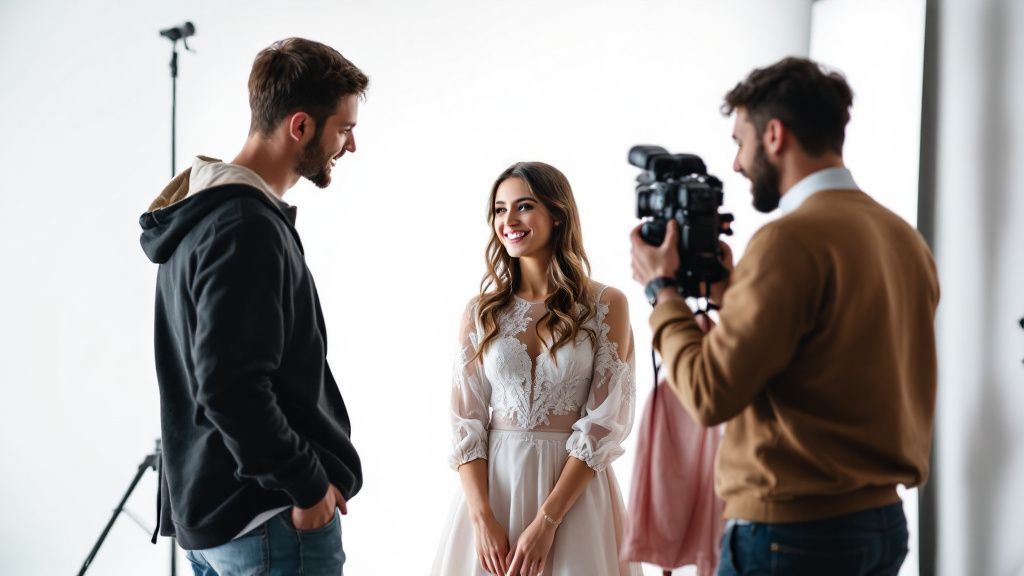
The Importance of Pre-Wedding Shoots
Pre-wedding shoots provide an excellent opportunity for couples and photographers to familiarize themselves and build rapport before the big day. These sessions allow you to experiment with different wedding photography styles, ensuring you capture the couple’s personality and dynamics effectively. It’s a chance to explore creative angles and settings, all without the pressures of the wedding day timeline.
Comparing pre-wedding shoots to traditional wedding day photography, the former offers a more relaxed atmosphere. This setting encourages couples to express themselves more naturally, resulting in photos that are both intimate and candid. Pre-wedding sessions also enable photographers to gauge their clients’ comfort levels, making necessary adjustments in approach and technique.
Including a pre-wedding shoot in your wedding photography packages highlights the added value and personalization they provide. It’s a strategic element that can significantly enhance the overall quality of the wedding photography experience. By integrating these sessions, you underscore your commitment to delivering a comprehensive and thoughtful service tailored to each couple’s distinctive narrative.

Choosing the Right Equipment
Choosing the right equipment is crucial in wedding photography, as it shapes the quality and style of your work. For starters, a reliable DSLR or mirrorless camera with a versatile lens kit provides the flexibility needed to adapt to various lighting conditions and settings. High-quality lenses, such as a zoom lens and a prime lens, will capture crisp, detailed shots while allowing for creative depth of field.
What most people don’t see about selecting equipment is the behind-the-scenes detail that makes all the difference: backup gear. Having extra batteries, memory cards, and even a second camera can be a lifesaver if anything goes wrong during the shoot. This preparation ensures that nothing interrupts your ability to capture every cherished moment of the day.
Incorporating varied photography accessories, such as external flashes and light modifiers, allows you to effectively handle challenging lighting situations. These tools are especially useful for evening receptions and dimly lit venues, ensuring consistency in your images. By focusing on this comprehensive setup, you can deliver impressive results that reflect the personalized vision that wedding photography packages promise.
Creating a Detailed Shot List
Creating a detailed shot list is essential for ensuring that no precious moment goes undocumented during a wedding. This organized approach helps you and the couple to outline their expectations and prioritize key moments, such as the first dance, family portraits, and candid interactions. By using a shot list, you streamline the wedding photography process, minimizing the risk of oversight while allowing more room for spontaneity.
In the next few years, crafting personalized shot lists is likely to become even more tailored, incorporating specific traditions and unique elements from various cultures. As wedding photography increasingly embraces diversity, understanding familial customs and personal touches will be integral in delivering an inclusive and comprehensive photography package.
A detailed shot list also allows you to divide your attention between pre-planned and impromptu shots efficiently. With this balance, you capture the heart and soul of the wedding day while accommodating unexpected moments of joy. These wedding photography tips enable you to deliver a collection of images that genuinely reflect the couple’s vision and the essence of the event, cementing your reputation as a skilled storyteller.
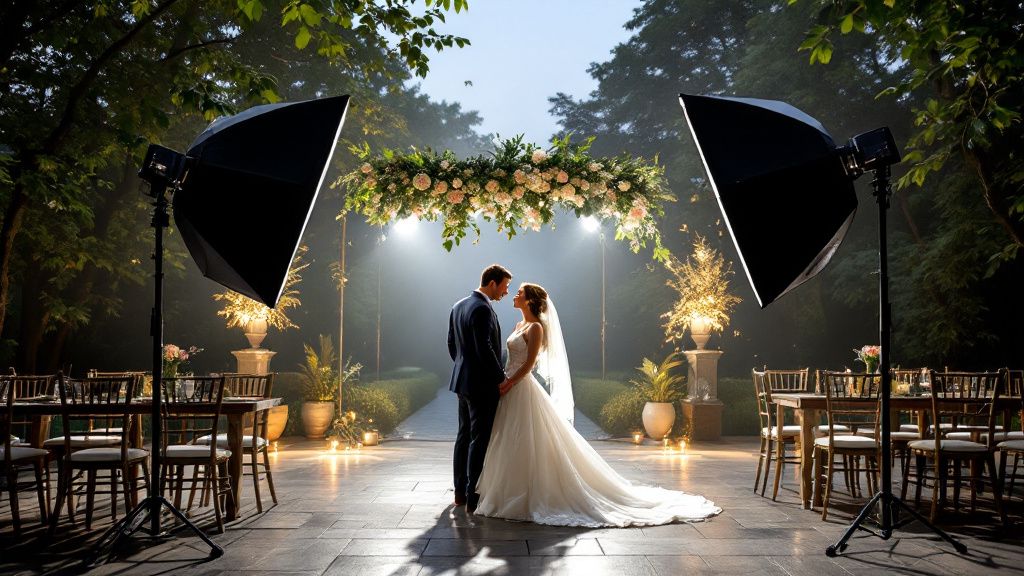
Lighting Techniques for Indoor and Outdoor Venues
Mastering lighting techniques is critical for capturing stunning wedding photography, whether you’re working indoors or outdoors. Indoor venues often challenge you with artificial lighting that can create harsh shadows. You can counteract this by using diffused lighting, such as soft boxes or bounce flash techniques, to create a softer, more flattering glow that enhances the ambiance and mood of the event.
On one hand, the natural light in outdoor settings is seen by many as an ally that can add warmth and depth to your images. However, others argue that it can be unpredictable, especially with changing weather conditions. Techniques like using reflectors and strategically positioning subjects to work with the sun can help you manage shadows and highlights, ensuring consistency across your shots.
Balancing these lighting techniques can significantly impact the outcome of wedding photography packages. This dual approach equips you with the flexibility needed to adapt quickly to shifting environments, maintaining high-quality results. By integrating these wedding photography tips into your workflow, you can excel in various lighting conditions, tailoring your work to both the venue and the unique style of the wedding day celebration.

Capturing Candid Moments
Capturing candid moments is one of the most rewarding aspects of wedding photography, allowing you to reveal the genuine emotions and interactions that unfold throughout the day. These unscripted snapshots tell the story of the wedding in the most authentic way, illustrating heartfelt expressions and spontaneous joy that scripted photos might miss. Being inconspicuous and ready to capture these fleeting moments is key to enriching the wedding album.
Think of candid photography as harvesting wildflowers; just like in nature, it works because its beauty is unplanned and pure. In the context of wedding photography, candid images blossom with genuine emotion, making them stand out as cherished memories. These moments, framed carefully and thoughtfully, create a narrative interwoven with love and laughter.
Including candid shots in wedding photography packages adds a layer of depth and personalization that clients often find invaluable. Your role as a photographer is to navigate seamlessly between orchestrated scenes and the beautiful, unexpected vignettes. By incorporating these wedding photography tips, you can ensure that each candid moment reflects the unique, unrepeatable pulse of the day, capturing the essence of celebration in its truest form.
